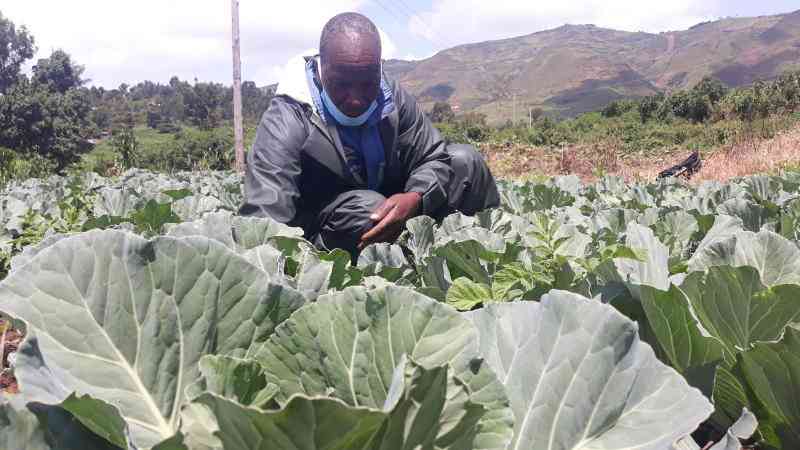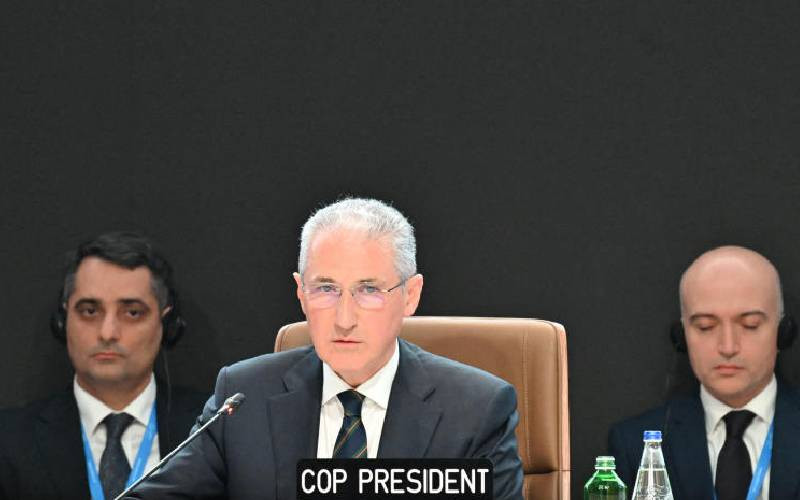By Nelson Maina
Kenya: The Government’s recent resolve to make the fertiliser subsidy programme even more accessible to farmers is a welcome relief to the hundreds of thousands of farmers who have courted a litany of woes over the years as access to and availability of the all-important input becomes elusive.
The situation has been so dire that study after study has pegged the incessant drought problems in the country to a lack of fertiliser.
If the subsidised fertiliser is delayed by even a week, it means delayed planting, which means delayed harvesting, which further fans the hunger cycle in the country.
Despite upward trends in fertiliser use on crop fields in Kenya over the past 20 years, it is still widely viewed that its use is not expanding quickly enough, and that application rates are not high enough to meet national food security and agricultural development goals.
As a country, we have resolved to rid our country of hungry people, which means addressing the fertiliser conundrum should be one of the precursors.
The Government’s recent commitment to right the wrongs and hiccups that have bedeviled the subsidy programme is laudable and could clear some avoidable bottlenecks that farmers have wallowed in over the years. But it has taken a short-term strategy.
For starters, under the new fertiliser distribution guidelines, the Ministry of Agriculture has established location subsidy fertiliser vetting committees that will establish the farmers eligible to access the commodity.
To access fertiliser from NCPB depots in their locations, vetted and registered farmers are required to visit the committee. They will then fill an official form declaring the crops to be grown and the quantity of the commodity they want to buy from NCPB. The form is to then be countersigned and stamped by the area chief or his/her assistants and the mandated agricultural officer, and then verified by the NCPB depot manager, who will then clear the way for purchase of the commodity once satisfied with the documentation filed.
The idea is noble and is meant to ensure only needy farmers access fertiliser.
Protracted vetting
But going by previous experiences, this is a bureaucratic process that will take days, weeks and even months to conclude.
Farmers don’t have the luxury of time to go through a protracted vetting process. They have to work with the rains, which wait for no farmer.
Studies have shown that subsidised fertilisers serve a paltry 20 per cent of farmers, leaving a staggering 80 per cent unattended.
Here is where the Government needs to do its math. Private companies can easily come down to the subsidised prices, but incentives to do so are conspicuously missing.
Stay informed. Subscribe to our newsletter
The partial liberalisation of the fertiliser market in the 90s is credited with lifting fertiliser application per acreage in Kenya.
After the elimination of retail price controls, import licensing quotas, foreign exchange controls and the phase-out of external fertiliser donation programmes that disrupted commercial operations, Kenya witnessed rapid investment in private fertiliser distribution networks.
In countries like Malawi and Ghana, governments playing an active role in creating incentives for fertiliser supply by allowing for a freer market have yielded tremendous fruits. In fact, in Malawi, food production shot up by 50 per cent within one season.
Food sufficiency can be generated quickly, or it can be generated slowly. It all depends on whether we choose to invest in fertiliser distribution models that get the input to our farmers cheaply and on time.
The writer is communications manager at Elgon Kenya Limited.
 The Standard Group Plc is a
multi-media organization with investments in media platforms spanning newspaper
print operations, television, radio broadcasting, digital and online services. The
Standard Group is recognized as a leading multi-media house in Kenya with a key
influence in matters of national and international interest.
The Standard Group Plc is a
multi-media organization with investments in media platforms spanning newspaper
print operations, television, radio broadcasting, digital and online services. The
Standard Group is recognized as a leading multi-media house in Kenya with a key
influence in matters of national and international interest.
 The Standard Group Plc is a
multi-media organization with investments in media platforms spanning newspaper
print operations, television, radio broadcasting, digital and online services. The
Standard Group is recognized as a leading multi-media house in Kenya with a key
influence in matters of national and international interest.
The Standard Group Plc is a
multi-media organization with investments in media platforms spanning newspaper
print operations, television, radio broadcasting, digital and online services. The
Standard Group is recognized as a leading multi-media house in Kenya with a key
influence in matters of national and international interest.









